Visual and Sonic Landscapes of Muslims in Los Angeles
Working in a collaboration between the Office of Advanced Research Computing and the Fowler Museum, I am the web developer and data designer / modeler for Visual and Sonic Landscapes of Muslims in Los Angeles, “…an effort to create a public space for self-representation and self-definition for Muslim Angelenos by Muslim Angelenos. A focus on community voices and ritual, music, murals, and other artworks as primary source materials defines this project.”


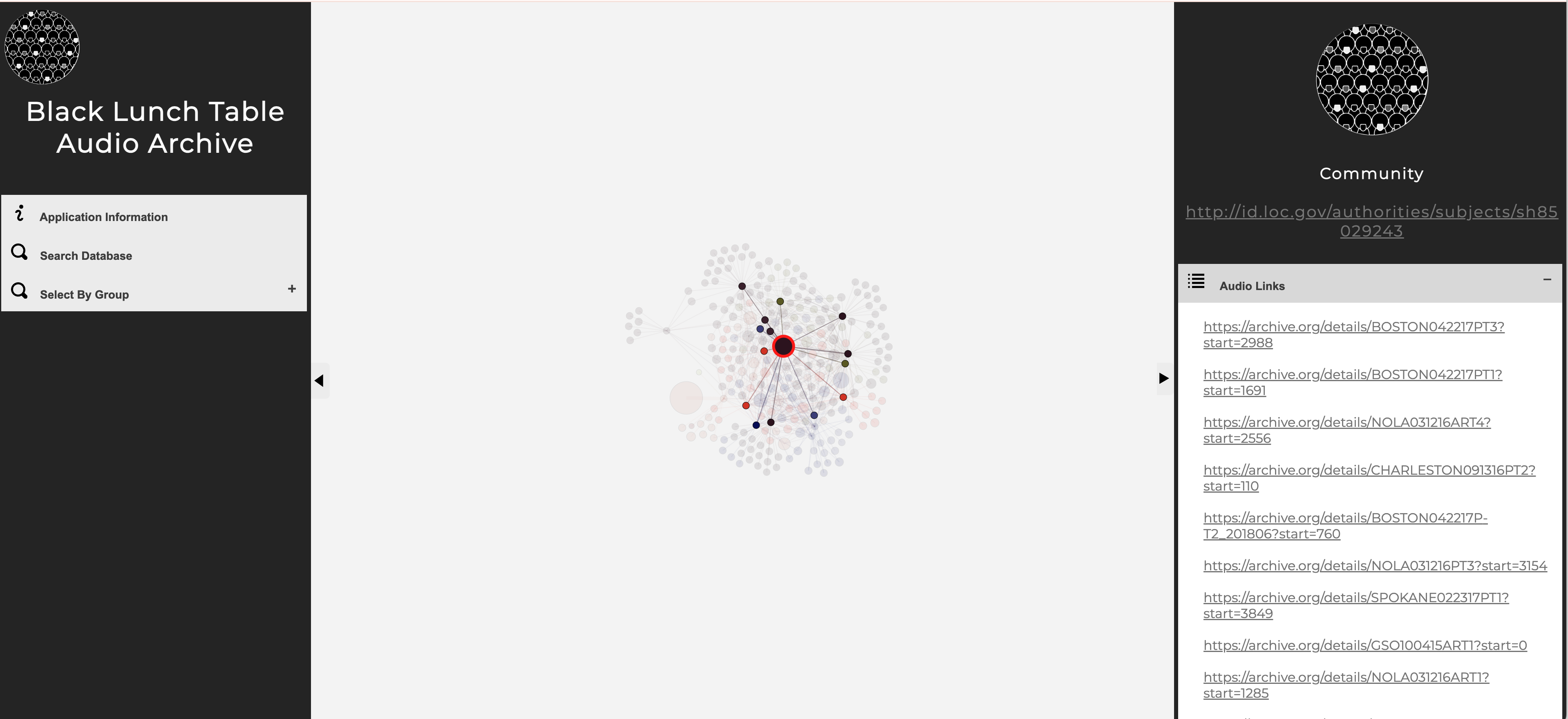
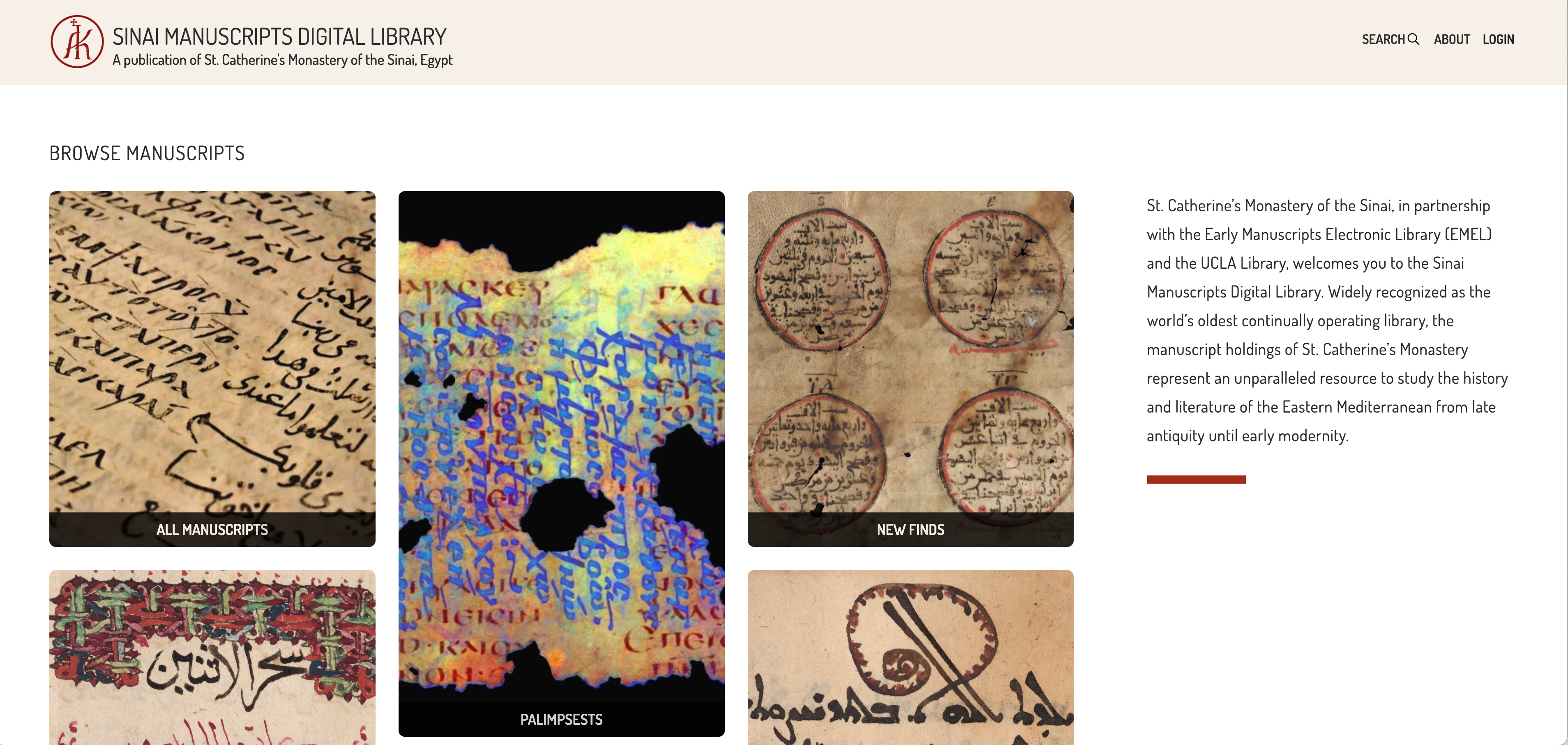
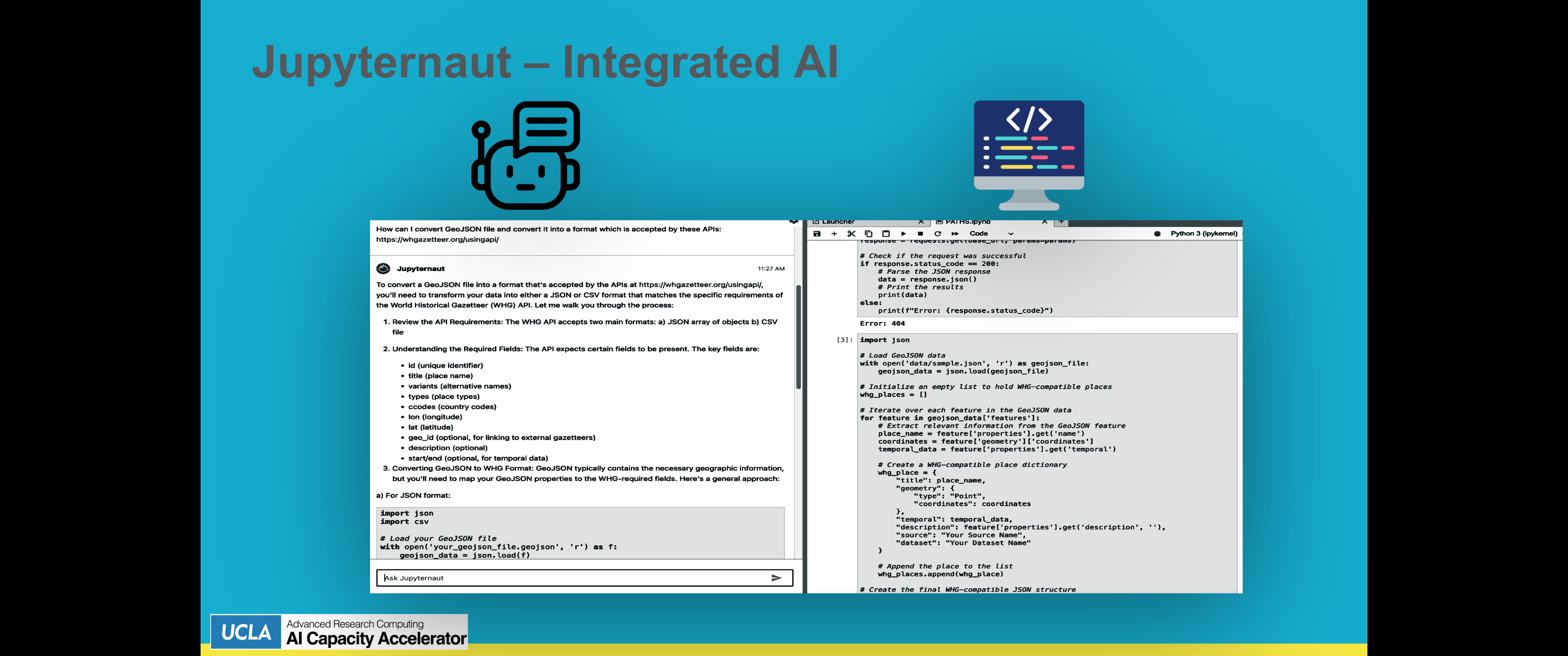
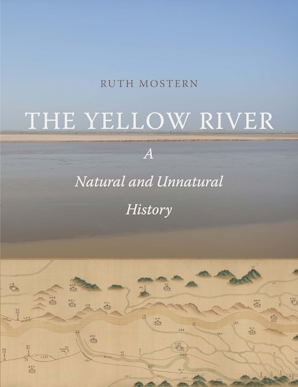
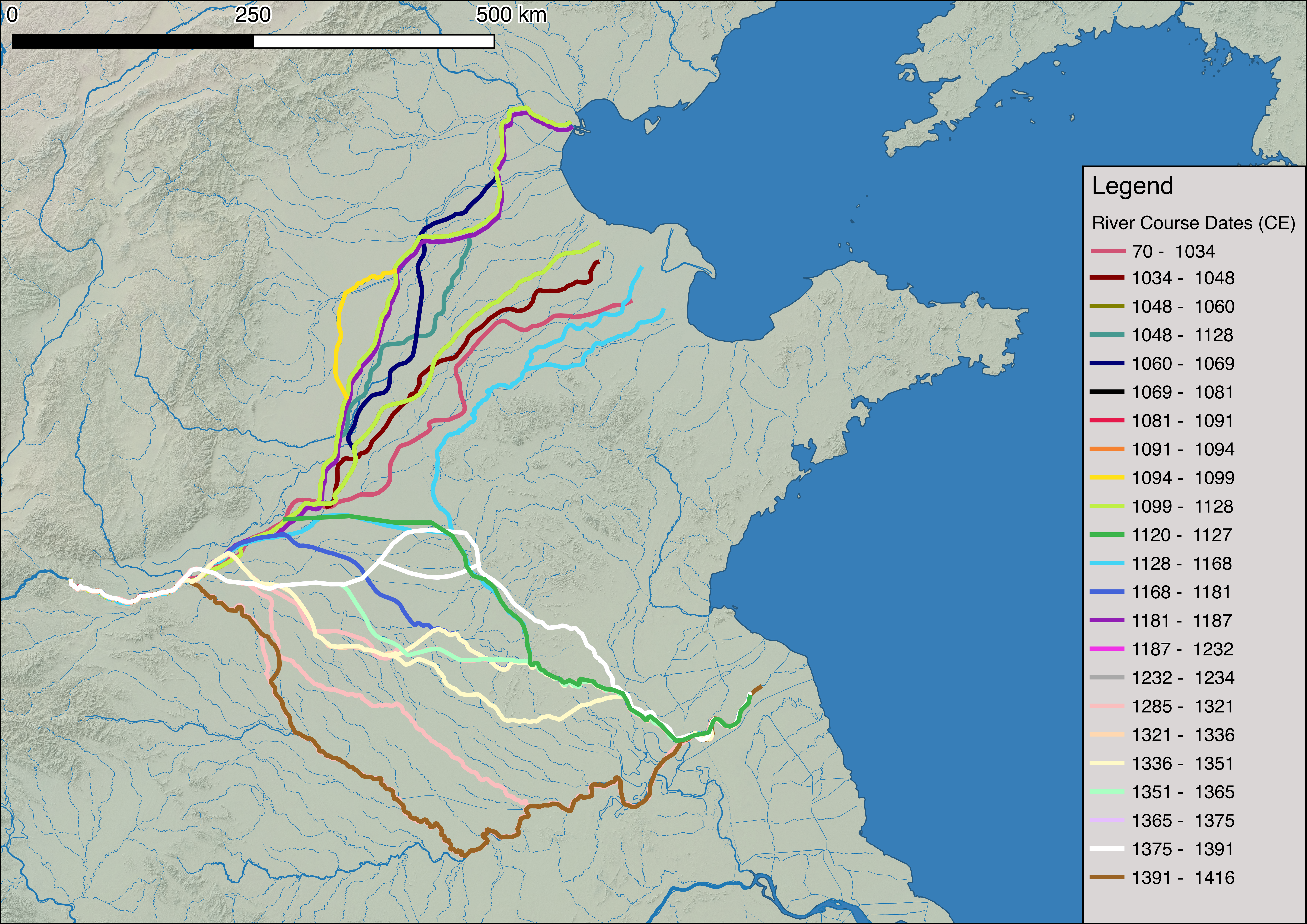
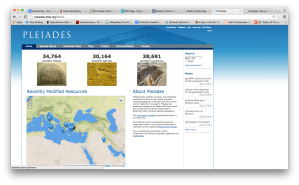
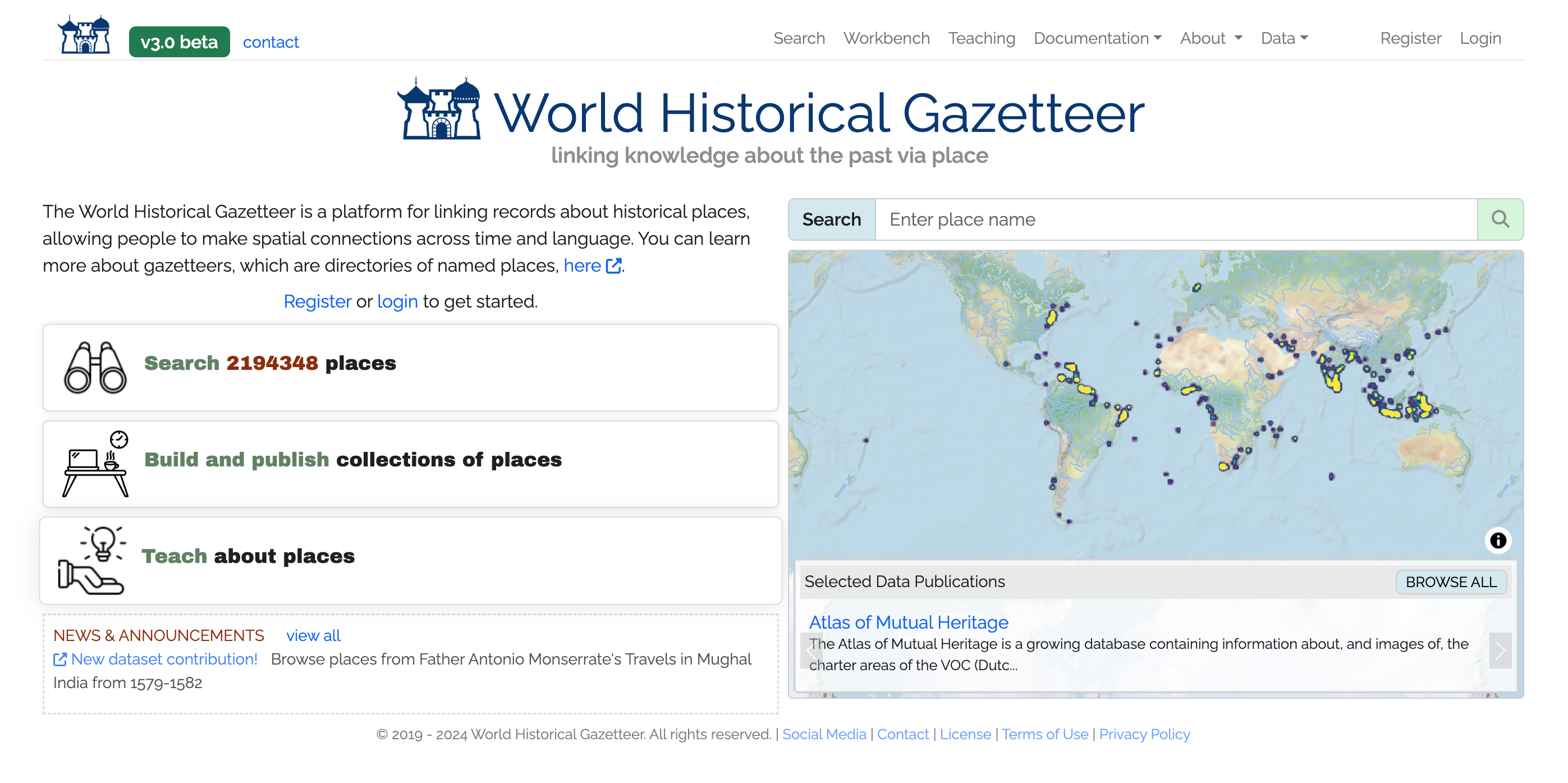
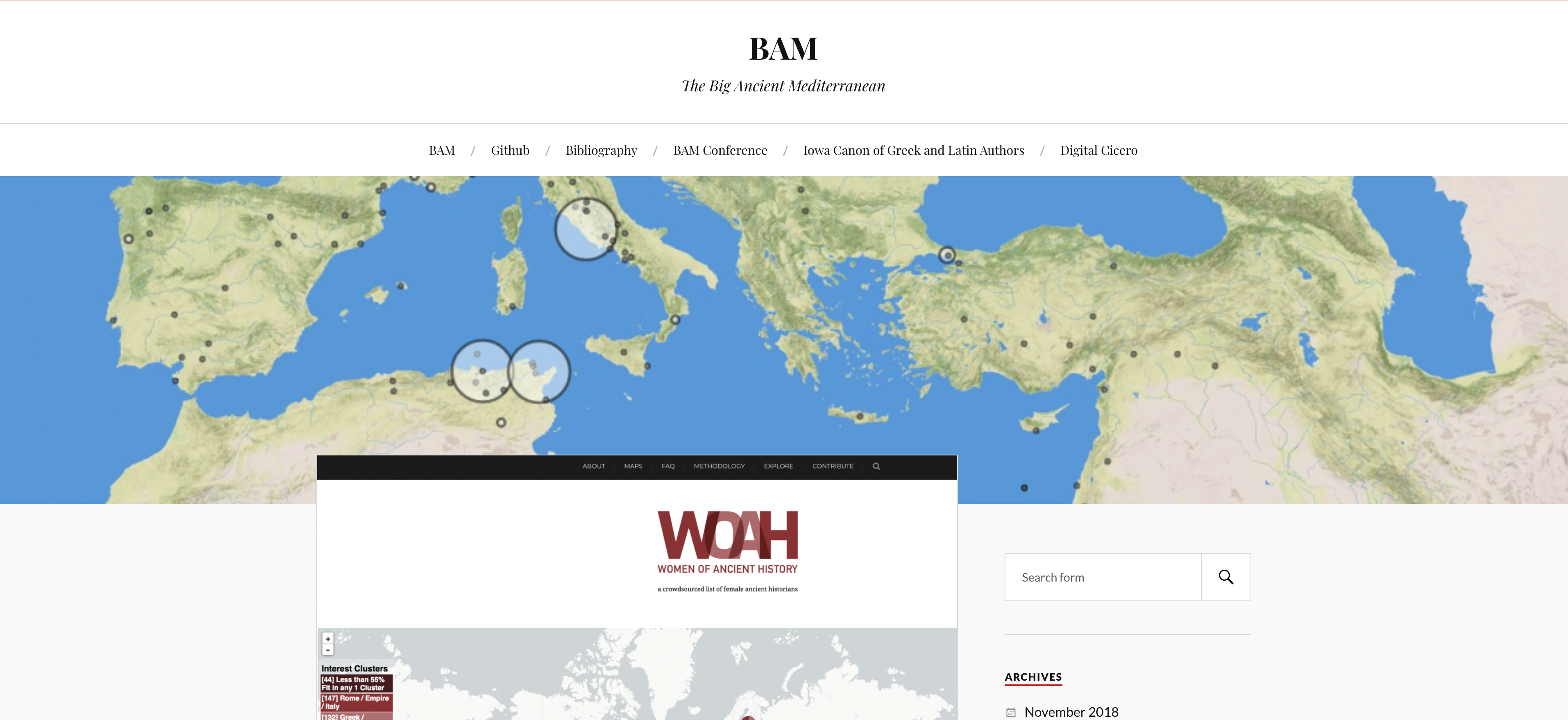
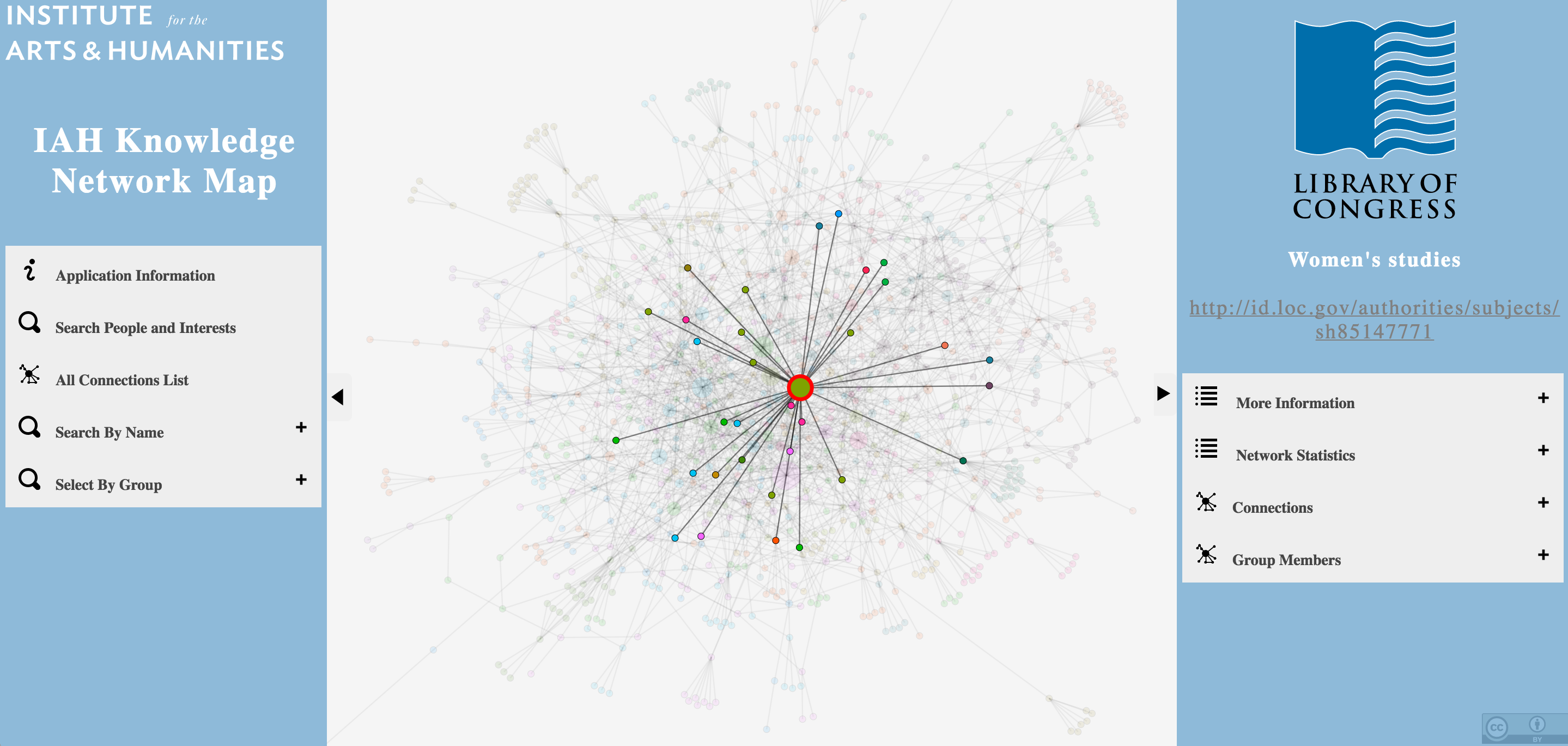
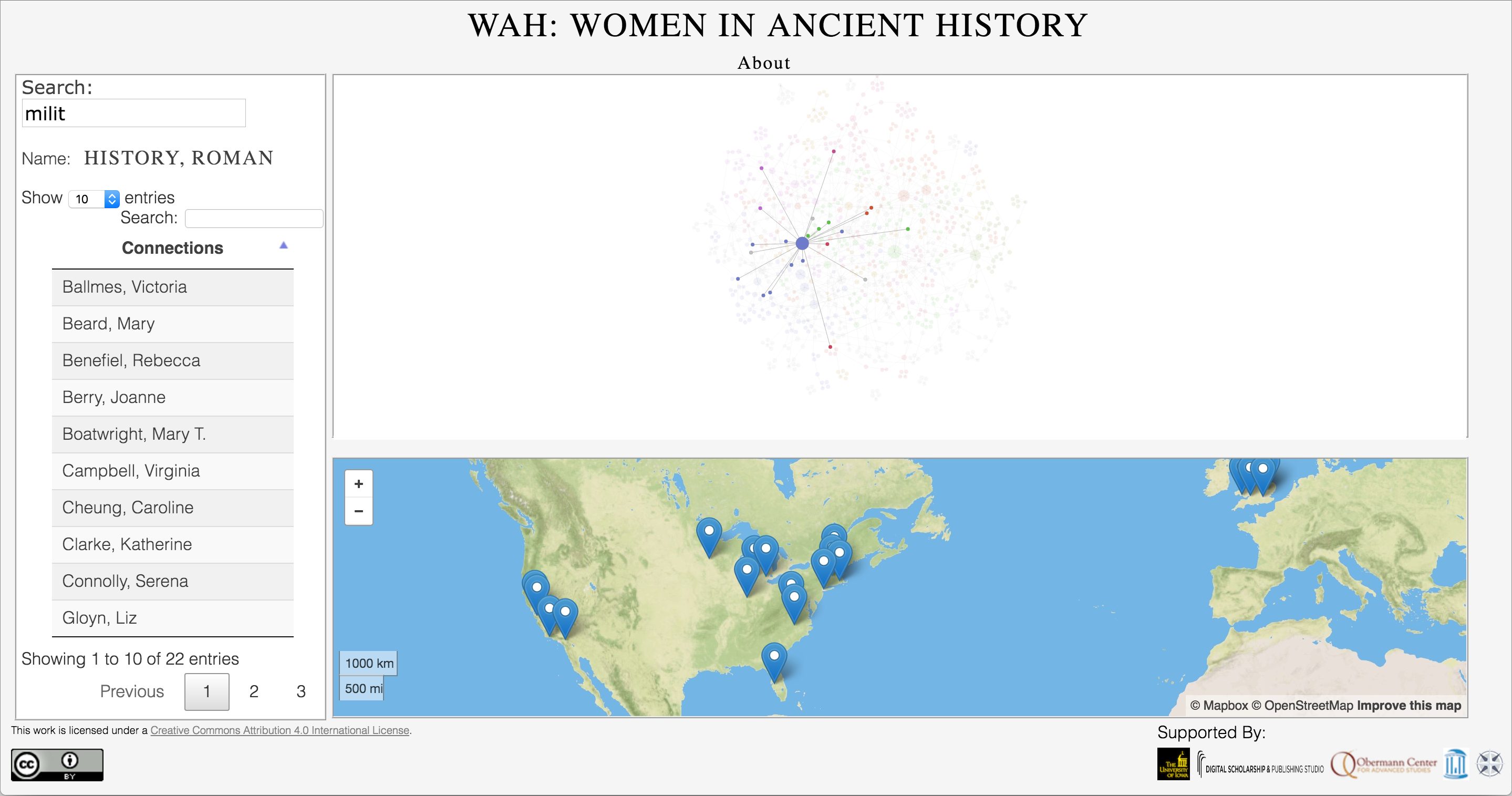
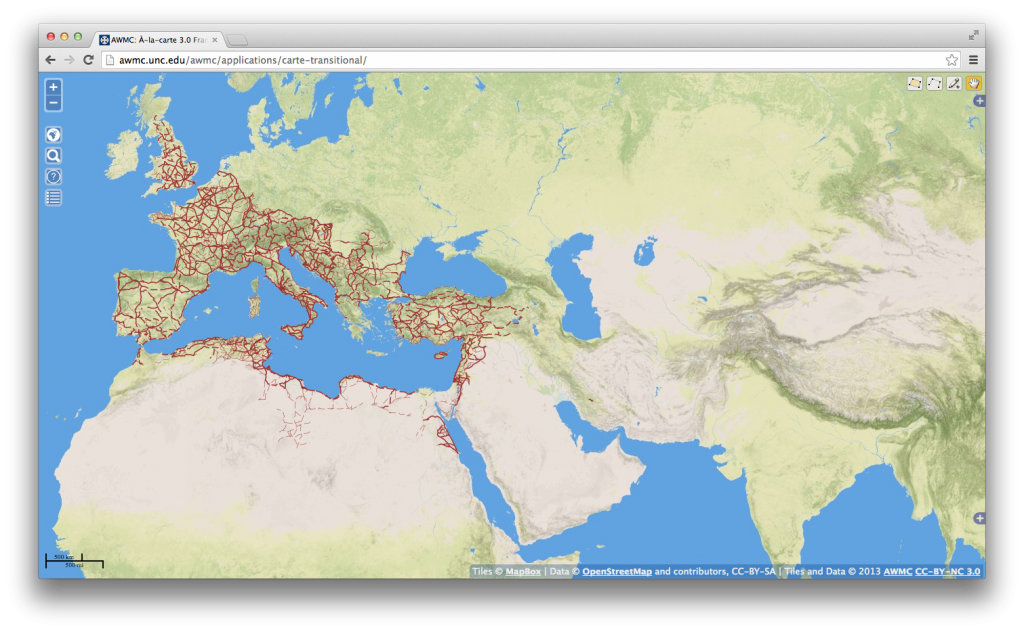


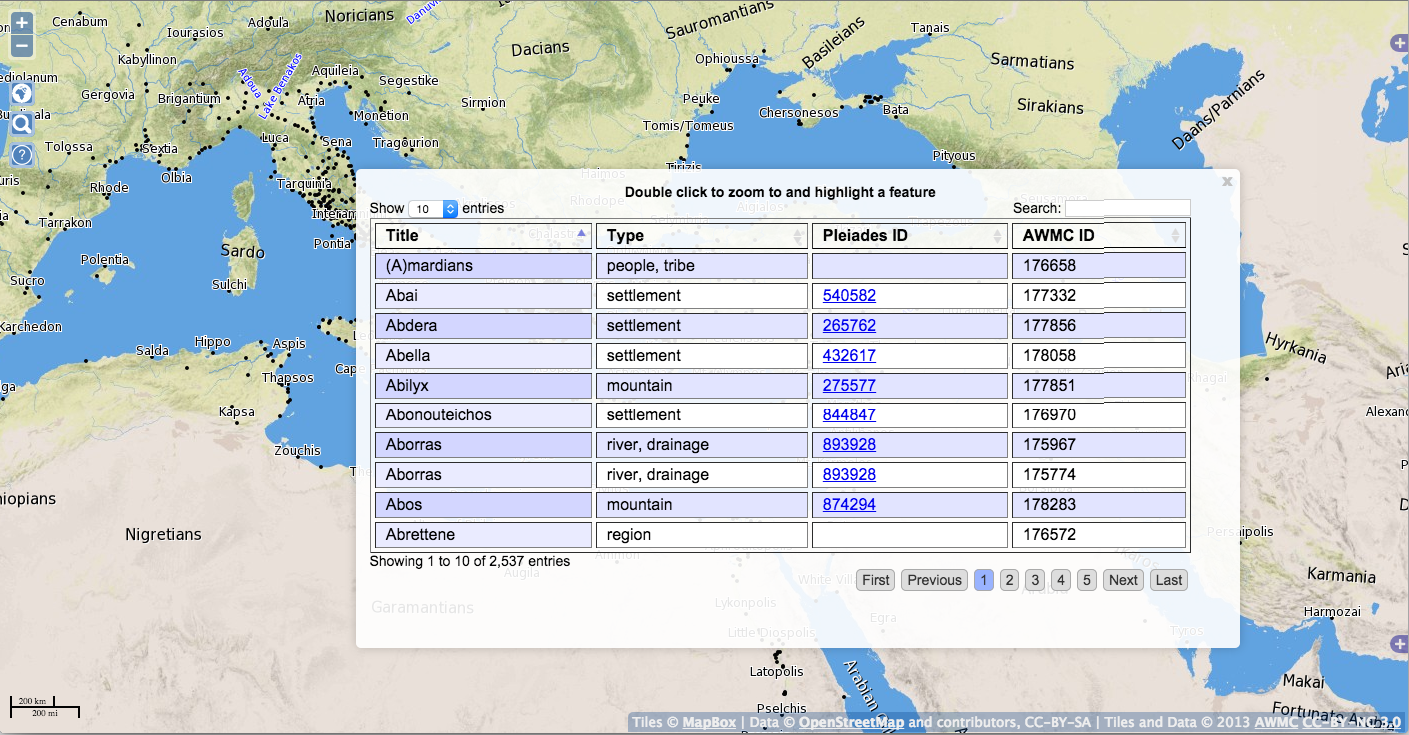

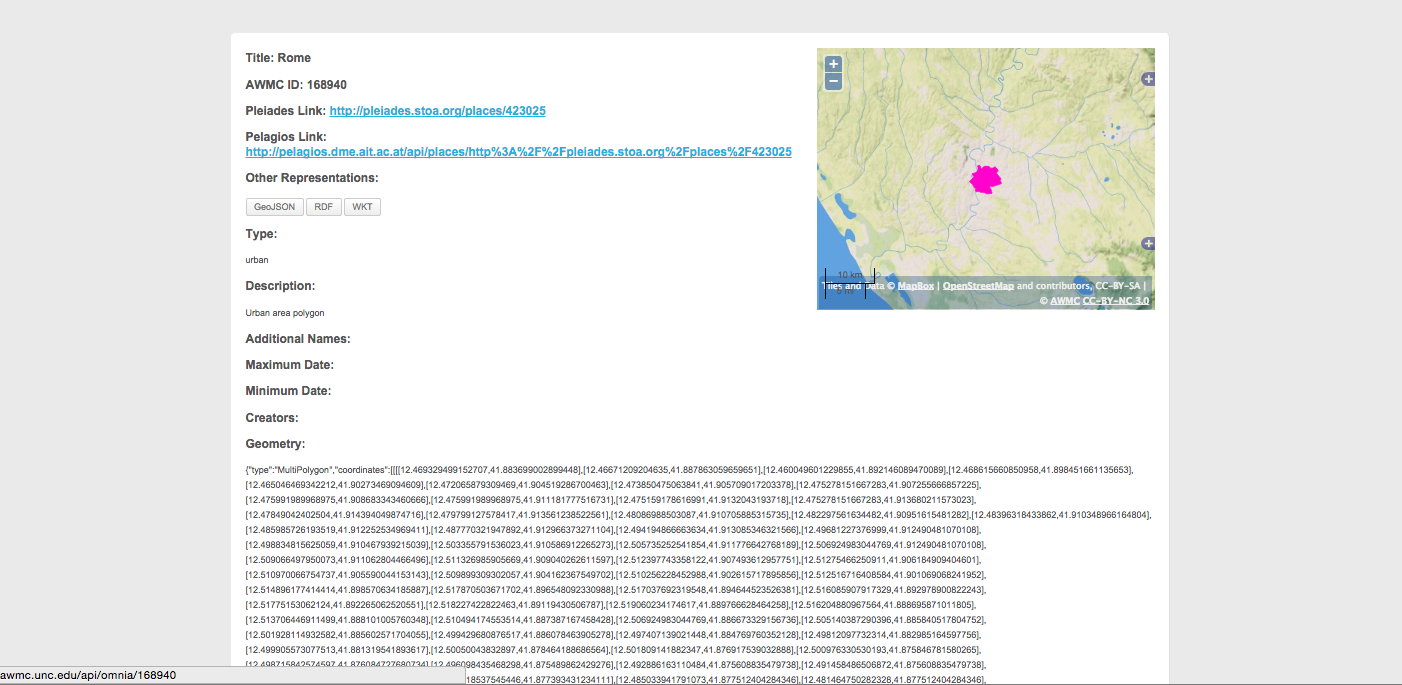


Social Networks and Greek Garrisons
This is a web-mapping application in support of my dissertation that catalogs all known ancient Greek garrisons (phrourai, phrouria, and phrouroi) and their commanders, with a There is a social network graph accompanying the map.